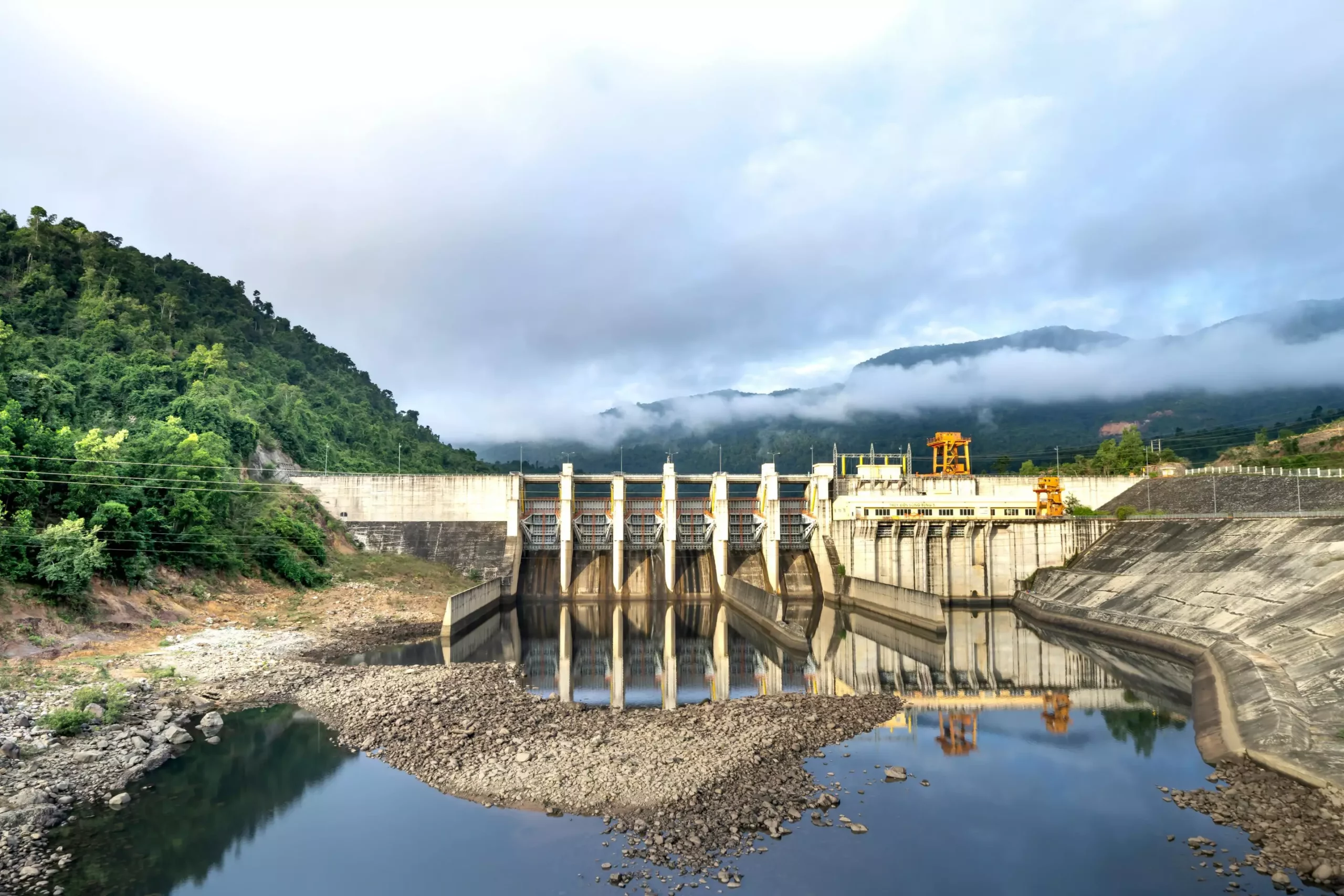Hydropower has long been heralded as a beacon of clean energy, contributing significantly to the reduction of greenhouse gas emissions. However, recent research underscores a troubling reality: hydropower, while renewable and abundant in many regions, can become a double-edged sword during periods of prolonged drought. The University of Alabama’s research team from the Center for Complex Hydrosystems Research has revealed that without robust planning, this primary energy source might turn into a liability under adverse climatic conditions.
Understanding the Research Findings
The extensive study published in Environmental Research Letters offers a critical analysis covering an 18-year span from 2003 to 2020, focusing on the impact of drought on hydropower generation. The findings were stark, indicating that drought conditions led to a significant decline in hydroelectric output, culminating in an estimated loss of $28 billion across the nation’s hydropower sector. This economic shortfall not only inflicted damage on the revenues of hydroelectric facilities but also necessitated the purchase of alternative energy sources to meet demand.
In the face of diminished hydroelectric production, many states turned to fossil fuels to compensate, signaling a shift from clean to more polluting energy sources—an ironic twist given the original intent of hydropower to provide sustainable energy solutions. Dr. Hamid Moradkhani, leading the research, highlights that the general public often associates climate vulnerability predominantly with flooding, neglecting the significant impacts of drought on energy availability.
What is particularly compelling about this research is the regional variability in vulnerability to drought, which calls for a nuanced approach to energy strategy. States like Nevada showcase surprising resilience despite their arid circumstances, thanks to significant infrastructure such as the Hoover Dam. This large reservoir plays a crucial role in buffering against drought, thereby enhancing Nevada’s adaptive capacity.
In contrast, Alabama, where approximately 7% of electricity generation comes from hydropower, demonstrated a relatively better resilience due in part to lesser drought occurrences and higher adaptability compared to some of its neighbors. This stark contrast between states reinforces the necessity for tailored energy policies that consider local environmental conditions and resource management practices.
Environmental Consequences of Drought
The ramifications of these findings extend beyond economic implications. The environmental fallout from inadequate hydroelectric output during droughts contributes to a disturbing increase in emissions. The research indicated a rise of 10% in carbon dioxide (CO2) levels and a significant 24% spike in nitrogen dioxide (NO2) emissions nationwide. While these figures might seem modest within a short timeframe, they cumulatively represent a larger threat to air quality and public health.
The transition towards fossil fuel-generated energy to replace lost hydropower sows seeds of further ecological imbalance, posing long-term risks not only to climate goals but also to the public’s health. More importantly, as the study suggests, the added pressure of emissions highlights the urgency of planning for future droughts and recognizing the environmental costs associated with drought-related energy deficits.
To combat the multifaceted challenges posed by drought, researchers advocate for state-specific strategies that emphasize energy diversification and superior water management practices. These strategies would not only enhance resilience against drought but also fortify the sustainability of the energy sector in the face of an increasingly unpredictable climate.
Though hydropower stands as a pillar of clean energy initiatives, it requires comprehensive assessment and strategic planning to mitigate the looming risks associated with drought. As climate change progresses, the insights from the University of Alabama’s research illuminate the crucial need for adaptive energy solutions that go beyond conventional wisdom. Only through proactive measures can we harness the potential of hydropower while safeguarding it against the perils of nature’s variances.

